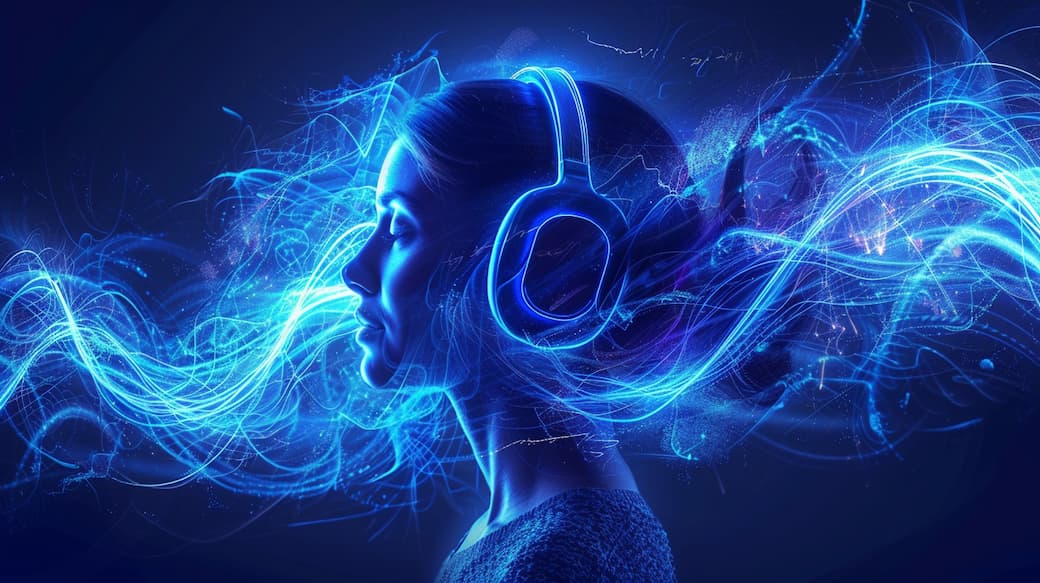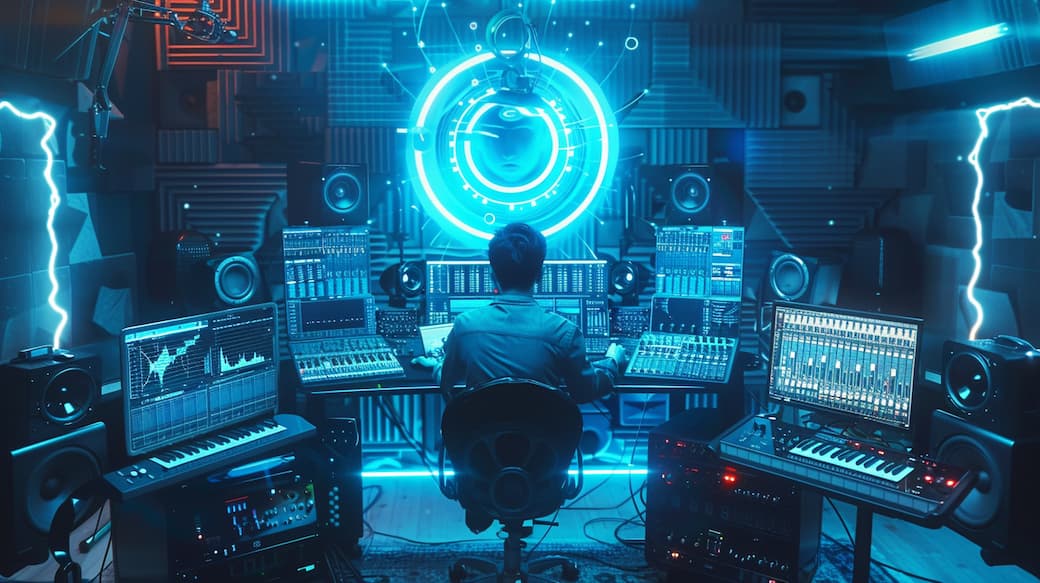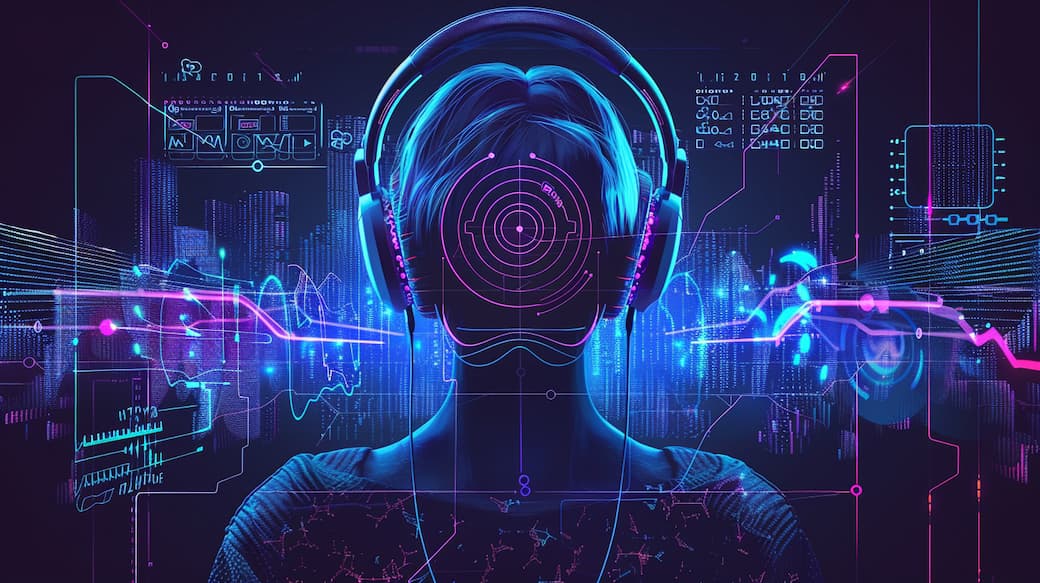
Impact of Binaural Audio in immersive Sound-installations
Content
Introduction to Binaural Audio
Binaural audio represents a significant advancement in sound technology, creating immersive experiences that mimic the natural human perception of sound. This technique utilizes two microphones, strategically positioned to simulate the way ears capture sound, thus replicating the auditory experience of being in a specific environment.
To understand how binaural audio works, it is essential to consider the principles of human hearing and the process of binaural recording, which captures sound from various directions to create a three-dimensional listening experience. Binaural audio uses two audio channels to mimic human hearing, providing listeners with a sense of directionality, distance, and space, transforming how we interact with audio in entertainment, education, and therapeutic contexts.

History of Binaural Recording
Binaural recording has a fascinating history that dates back to the late 19th century. The journey began with French engineer and inventor Clément Ader, who, in the late 1800s, created the first binaural device. Ader’s innovative setup involved placing a pair of microphones in a human-like dummy head, capturing sound waves in a manner that closely mimicked the natural hearing process of human ears. This early experiment laid the groundwork for the binaural recording technology we know today.
As we moved into the early 20th century, binaural recording started to gain traction, particularly in the realms of music and film. The 1950s marked a significant milestone with the release of the first commercial binaural microphones. These devices quickly became essential tools in the music industry, allowing sound designers to create immersive audio experiences that captivated listeners. Binaural recording techniques became especially popular in film and television soundtracks, where they added a new dimension of realism and depth.
The evolution of binaural recording technology didn’t stop there. With the advent of digital audio and advancements in microphone design, the capabilities of binaural recordings expanded dramatically. Today, binaural microphones are used in a wide array of applications, from creating lifelike soundscapes in virtual reality environments to enhancing the auditory experience in sound installation art.
The continuous improvement in capturing and reproducing sound waves has solidified binaural recording as a vital tool in modern sound design, offering listeners an unparalleled sense of presence and immersion.
The Science Behind Binaural Recording
Fundamentals of Binaural Sound
Binaural recordings use a technique where microphones are integrated into the ears of a dummy head, or occasionally, actual human ears, to capture audio in the same way a person does. By positioning the microphones in this manner, the recordings account for the natural acoustic phenomena that occur as sound waves travel around and interact with the human body, such as the head and ear shape.
This method captures not only the direct sound but also the ambient reflections and diffractions that contribute to the three-dimensional sound experience.
Historically, binaural audio has been closely related to stereo audio, which has been used in the recording industry to create immersive sound experiences. Binaural audio relies on stereo headphones to isolate audio channels, mimicking human hearing and enhancing the 3D sound effect.
Technical Aspects of Binaural Recording with Binaural Microphones
The technical process of binaural recording involves using two high-quality binaural microphones, which are placed in the ear canals of a dummy head (often referred to as a “Kunstkopf”). This setup captures the sound from two distinct auditory perspectives, corresponding to the left and right channels, which are crucial for accurate sound reproduction and creating an immersive experience with headphones.
The resulting audio mimics the natural differences in time and intensity of sound waves reaching each ear, which the brain processes to perceive spatial attributes such as location and distance.
Applications of Binaural Audio in Various Fields
Virtual Reality (VR) and Augmented Reality (AR)
In virtual reality, binaural audio enhances the immersive experience by aligning audio cues with visual stimuli. This synchronization is crucial for creating convincing VR environments where users can interact with three-dimensional sound sources that seem to exist within their immediate surroundings. Similarly, augmented reality applications use binaural audio to superimpose sound onto the real world, enhancing the user’s interaction with augmented elements.
ASMR and Wellness Applications
Autonomous Sensory Meridian Response (ASMR) is a phenomenon where certain soft sounds trigger a relaxing sensation, often described as a tingling that starts on the scalp and moves down the spine. Binaural beats, an audio illusion created when two slightly different frequencies are delivered to each ear, can influence brain activity, potentially providing health benefits like stress reduction and improved concentration.
Binaural recordings are particularly effective in ASMR because they reproduce the intimate and personal nature of sound triggers, such as whispering, tapping, and brushing, making the experience feel as if it is occurring directly around the listener.
Music Production and Sound Art
Musicians and sound artists are increasingly exploring binaural audio to create enveloping soundscapes that offer listeners a novel experience. In music production, binaural techniques can be used to arrange instruments in a three-dimensional space around the listener, providing a live concert experience through headphones. Sound artists might create ‘sound sculptures’—complex auditory environments that evolve over time and interact with the listener’s movements.

Challenges and Considerations in Binaural Audio
Production Complexity
The production of binaural audio presents challenges. A binaural microphone is essential for binaural recording techniques, as it simulates human ear acoustics to capture sound in a way that replicates real-life hearing for high-quality audio recordings. The process requires precise equipment setup, controlled recording environments, and specialized knowledge in audio engineering to ensure accurate sound localization cues.
Additionally, binaural audio must be played back through headphones to maintain the integrity of channel separation, which can be a limitation in environments where speakers are preferred.
Consumer Accessibility
While the benefits of binaural audio are clear, there is a gap in consumer accessibility and awareness. Many users may not be familiar with the need for stereo headphones, which are essential for fully appreciating binaural audio. These headphones allow for the isolation of audio channels necessary for the immersive listening experience. Educating audiences and developing user-friendly playback technology are essential for wider adoption.

The Future of Binaural Audio Technology
Innovations in Spatial Audio
The future of binaural audio is closely tied to developments in spatial audio technologies. Companies like Dolby are advancing surround sound systems that incorporate height channels, creating a more layered and convincing three-dimensional audio experience. Binaural audio is likely to play a crucial role in the evolution of these systems, providing a more natural and realistic sound reproduction that can be personalized to the listener’s hearing profile.
Integration with Smart Technology
As smart home devices and personal assistants become increasingly prevalent, there is potential for integrating binaural audio into everyday life. For example, smart speakers could use binaural recording techniques to provide more immersive audio experiences for storytelling, gaming, and virtual home tours.
Academic and Therapeutic Use
Researchers are exploring the use of binaural audio in therapeutic settings, such as treatment for anxiety and other mental health issues. The immersive quality of binaural sound can be used to create controlled, calming environments that aid in relaxation and stress relief. Educational sectors can also benefit from binaural recordings to simulate real-life scenarios for training and learning purposes.

Conclusion: The Expanding World of Audio Technology
Binaural audio is not just a technical innovation; it is a new artistic medium and a tool with the potential to transform various industries. From enhancing virtual reality experiences to providing new ways to experience music and art, the possibilities are vast. As technology continues to evolve, the use of binaural sound is set to become more sophisticated, making it an exciting field to watch in the coming years.
Back to BlogRelated Articles
Binaural Beats: the hype surrounding relaxing sounds
Experience the sound of the world live: An overview of the binaural mic
How Do We Localize Binaural 3D Sound?
How To Make 8D Audio? Step-by-Step Guide to Binaural Audio with Spatial Sound
VRTonung learning - THE spatial audio course for immersive media